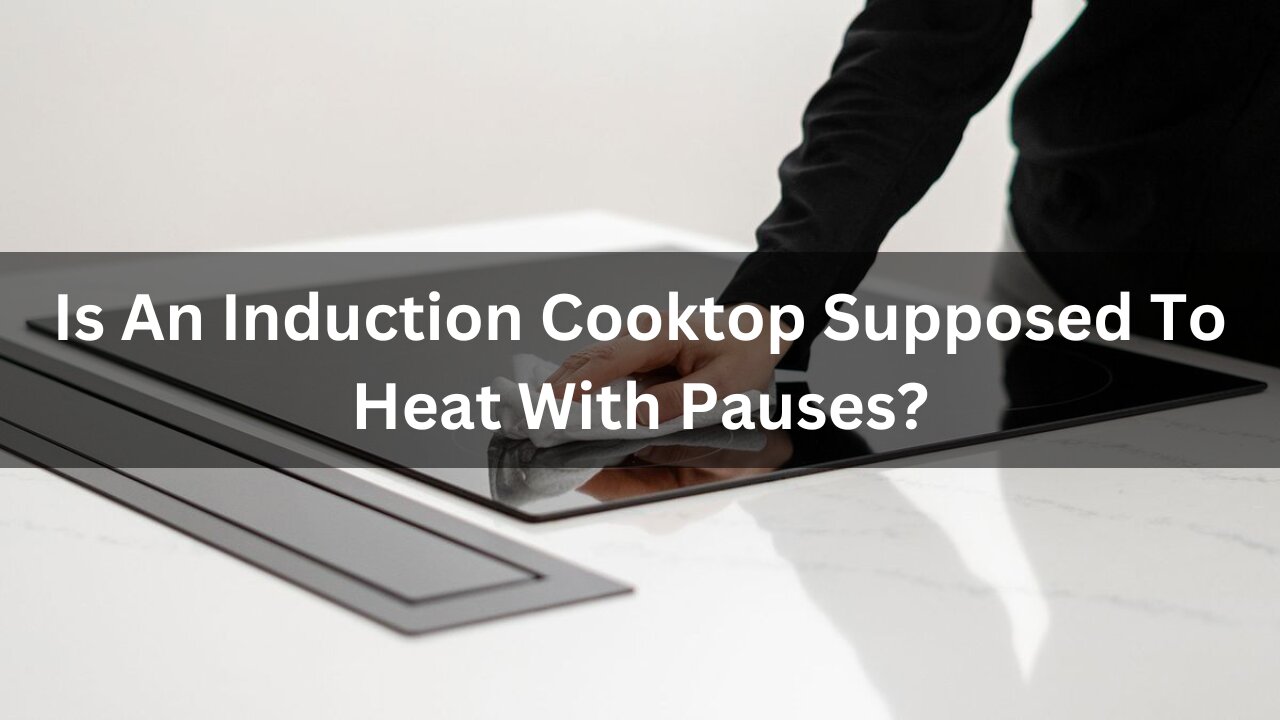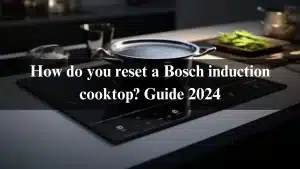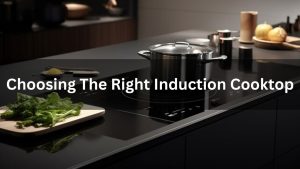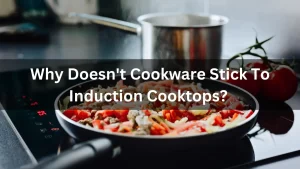Imagine you’re in the middle of preparing a delicate sauce or simmering a pot of soup, and you notice that your induction cooktop heats with unexpected pauses. At first, it might seem like a malfunction, but could it actually be a normal part of its operation? This seemingly minor issue might raise a major question: Is it normal for an induction cooktop to have these heating pauses, or is something wrong with your appliance?
In this article, we’ll delve into whether these pauses are a standard feature of induction cooktops or if they indicate a potential problem. I’ll share my own experiences with induction cooktops, revealing insights gathered from years of cooking and troubleshooting various models. By the end, you’ll have a clear understanding of why your induction cooktop may heat with pauses and how to address any issues you might encounter.
Table of Contents
How Induction Cooking Works?
An induction cooktop uses a magnetic coil located beneath its glass-ceramic surface. When you turn it on, an alternating current flows through this coil, creating a rapidly changing magnetic field. This magnetic field induces an electric current in the metal base of your pot or pan, which heats the cookware directly rather than the surface beneath it. As a result, induction cooking is faster and often more precise than other methods because the heat is generated right in the cookware.
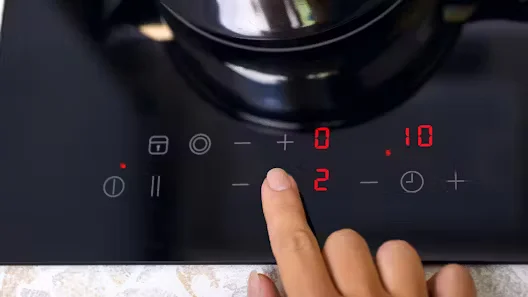
Components of an Induction Cooktop:
- Induction Coil: Generates the magnetic field that heats cookware.
- Control Panel: Allows temperature adjustment and cooking modes.
- Cookware: Must be made from ferromagnetic materials, such as stainless steel or cast iron, to work with induction.
Why Induction Cooktops Might Heat with Pauses?
The “pauses” in heating that some induction users notice are actually an intentional feature in the design. Here are the main reasons why your induction cooktop might seem to pause during heating:
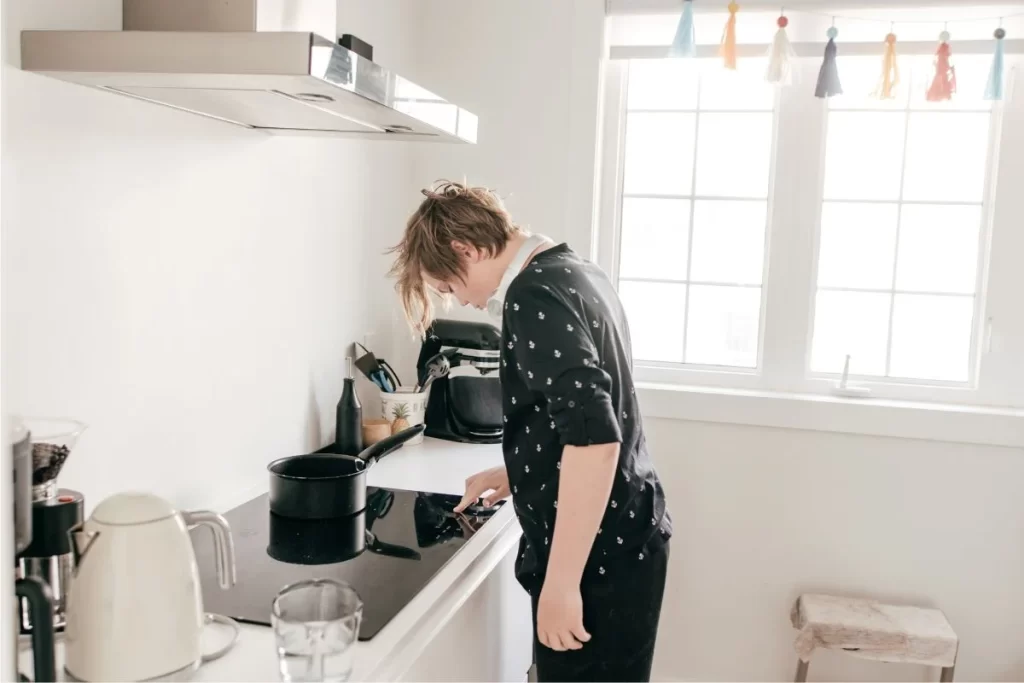
1. Temperature Regulation
Induction cooktops often use temperature regulation techniques to avoid overheating. By turning the heating element on and off in rapid cycles, the cooktop maintains a consistent temperature without risking food getting scorched or burning. This temperature regulation might feel like “pauses,” but it’s actually the appliance working to keep a steady temperature.
2. Power Cycling
To manage energy efficiency, induction cooktops use a technique called power cycling. Instead of continuously running at full power, the cooktop briefly alternates between heating and pausing to conserve energy while maintaining the desired temperature. This helps save electricity and prevents excessive heat.
3. Thermal Protection Mechanisms
Thermal protection is a built-in safety feature in induction cooktops. When the appliance reaches a certain temperature, it may briefly pause to cool down. This protects both the cooktop and your cookware from overheating, which can be especially beneficial for delicate cooking tasks.
4. Pan Detection
Induction cooktops are designed to work only with compatible cookware. If the cooktop does not detect ferromagnetic materials in the cookware (like cast iron or some stainless steels), it may fail to engage fully or heat inconsistently. Using non-compatible pots or even slightly lifting the pot can trigger the cooktop to pause as a safety precaution.
Analyzing Heating Pauses: A Detailed Breakdown
To help you better understand how and why these pauses occur, here’s a detailed comparison table of common causes, their effects, and possible solutions:

| Cause | Effect | Solution |
| Thermal Protection | Cooktop pauses to prevent overheating | Ensure proper ventilation and avoid overloading the cooktop |
| Power Cycling | Intermittent heating to manage power usage | Adjust power settings as needed, or consult the manual for optimal settings |
| Pan Detection | Heating pauses if cookware is incompatible | Use cookware that is compatible with induction cooking |
Pulse Heating Explained
Pulse heating is a specific feature of induction cooktops, where the appliance heats in bursts or “pulses.” This technology provides several benefits, including better control over temperature, prevention of overheating, and even energy conservation.
Advantages of Pulse Heating:
- Precise Temperature Control: Pulse heating allows for nearly instant adjustments, offering cooks finer control over the cooking process.
- Overheating Prevention: The short breaks between heating pulses minimize the risk of burning or scorching food.
- Energy Efficiency: By not running continuously, pulse heating reduces overall energy usage, which can lower electricity bills.
While pulse heating may feel unusual for those accustomed to traditional stovetops, it’s a built-in mechanism that enhances the effectiveness and efficiency of induction cooking.
Is Pulse Heating Bad for Cooking?
One common concern with pulse heating is whether it could negatively impact the nutrient content or taste of food. However, studies show that pulse heating does not significantly affect nutrient retention compared to traditional methods. In fact, the efficiency of induction cooking can help preserve more nutrients than techniques involving prolonged heating, like boiling.
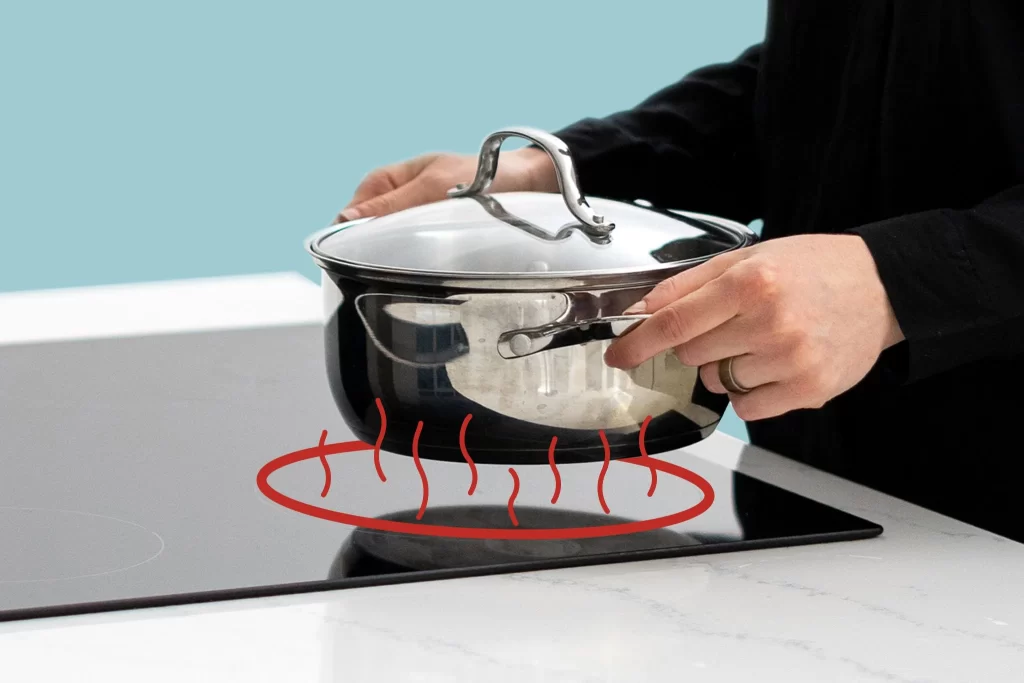
Taste and texture are also generally not affected by pulse heating. Induction cooking often enhances flavors by allowing ingredients to cook in their own moisture and juices, leading to a fuller taste profile. However, for certain dishes that require constant heat (like stir-fries), it’s best to use higher power settings or avoid moving the pan too frequently to ensure even cooking.
Troubleshooting Common Induction Cooktop Issues
If your induction cooktop doesn’t seem to heat effectively or you notice pauses that impact cooking performance, several factors could be responsible. Here’s a breakdown of common issues and solutions:
| Cause | Effect | Solution |
| Thermal Protection | Pauses to prevent overheating | Ensure proper ventilation around the cooktop and avoid overloading it. |
| Power Cycling | Intermittent heating | Adjust power settings or consult the manual to find optimal settings for your model. |
| Pan Detection | Heating pauses with incompatible cookware | Use cookware compatible with induction, like stainless steel or cast iron. |
| Residual Debris | Uneven heating or frequent pauses | Regularly clean the cooktop surface and the bottom of your cookware to maintain good contact. |
Can You Avoid the Pauses?
The pauses in heating are part of the induction cooktop’s design, meaning they’re not entirely avoidable. However, you can minimize their impact on your cooking experience by using high-quality, compatible cookware and ensuring the pot remains in full contact with the cooktop. Additionally, try not to move the cookware around too much, as this can disrupt the magnetic field and trigger pauses.
Should an Induction Hob Be Hot to the Touch?
One major advantage of induction cooktops is that the surface remains relatively cool since heat is generated directly in the cookware. However, the cooktop can feel warm after cooking, primarily due to residual heat from the pan. This warmth doesn’t pose a safety risk, as the cooktop cools down quickly once the pot or pan is removed.
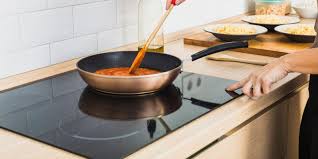
Related Articles:
What Is The Biggest Problem With Induction Cooktops? 2024
Why Is My Induction Stove Giving An Electric Shock? Latest Info 2024
Why Do Induction Stoves Work Poorly In Low-Power Settings? Info 2024
Do all electric stoves have the same problems?
Conclusion
In summary, an induction cooktop is designed to heat with pauses as part of its power management and temperature regulation features. This “pausing” is normal and contributes to the cooktop’s energy efficiency, safety, and temperature control. By understanding the unique aspects of induction cooking and using compatible cookware, you can ensure a seamless and efficient cooking experience on your induction cooktop.
FAQs
Why does my induction cooktop heat with pauses?
Induction cooktops regulate temperature by briefly cycling power, allowing for consistent heat and preventing overheating.
Does pulse heating impact food quality?
No, pulse heating preserves nutrients and enhances flavors, often yielding better results than traditional cooking methods.
How can I minimize pauses on my induction cooktop?
Use compatible cookware, ensure full contact between the pot and cooktop, and avoid moving the cookware unnecessarily.
Should the cooktop be hot to the touch?
The cooktop surface remains relatively cool, with any residual warmth coming from the pot itself, which quickly dissipates after cooking.

